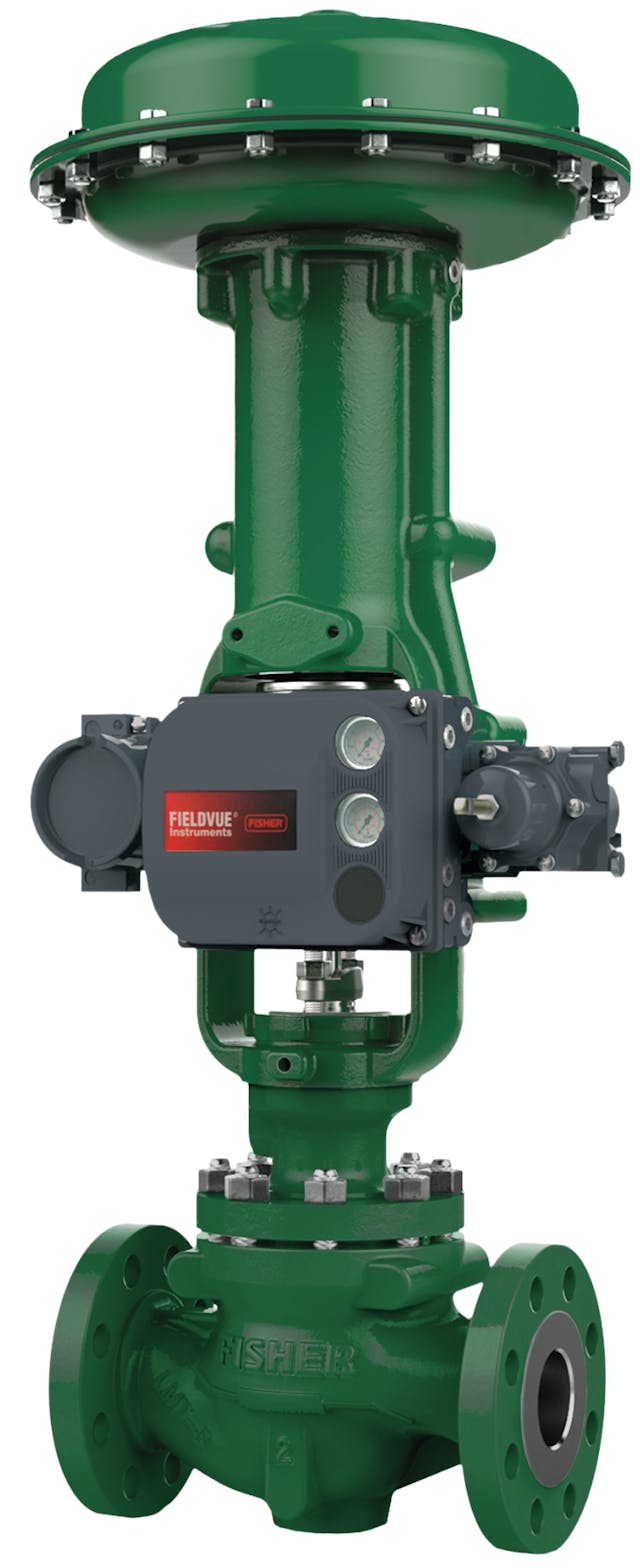Picking the Right Control Valves: A Guide to Ideal System Efficiency
Picking the Right Control Valves: A Guide to Ideal System Efficiency
Blog Article

Maximize Energy Financial Savings and Comfort With Advanced Building Automation Controls
In the realm of contemporary architecture and center monitoring, the assimilation of sophisticated structure automation manages stands as an essential development. The convergence of innovation and sustainability has birthed a brand-new period where power performance, comfort optimization, and operational streamlining are no more achievable truths yet far-off ambitions. By harnessing the power of automation, structures can adjust, react, and evolve in means that were when inconceivable. The capacity for considerable energy savings and improved convenience is not just a promise but an opportunity waiting to be satisfied. This paradigm change in structure administration holds the vital to unlocking a globe where ecological conscientiousness and resident health harmoniously coexist within the wall surfaces of our frameworks.
Energy Efficiency Benefits
Energy efficiency advantages can significantly reduce power intake and functional expenses in buildings. Energy-efficient systems, such as sophisticated building automation controls, can optimize the use of resources like lighting, cooling, and heating, leading to reduced energy expenses over time.
In addition, improved energy performance can prolong the life expectancy of structure tools and systems. By operating extra efficiently, cooling and heating systems, lighting components, and various other structure elements experience much less wear and tear, causing minimized maintenance and substitute costs. In addition, energy-efficient buildings frequently regulate higher residential property values and rental prices, providing long-lasting financial advantages to proprietors.
Additionally, power efficiency can boost occupant comfort and performance. Correctly managed indoor settings with optimal illumination and thermal problems create a more positive and conducive work area, bring about improved worker satisfaction and performance. On the whole, the energy effectiveness advantages related to advanced building automation controls are complex, encompassing expense financial savings, environmental stewardship, and passenger well-being.
Boosted Comfort Control
Enhancing convenience control in building environments calls for an innovative assimilation of sophisticated automation systems for ideal resident well-being. By making use of sophisticated building automation controls, facilities can customize the interior atmosphere to meet the particular needs and preferences of residents. control valves.
By integrating these innovative controls, buildings can not just enhance convenience yet likewise boost energy effectiveness by maximizing system operations based on real occupancy and use patterns. Ultimately, prioritizing occupant comfort through innovative automation systems leads to a more delightful and much healthier indoor environment.
Functional Efficiency Improvements

Additionally, the why not try these out implementation of real-time tracking and analytics tools allows structure operators to recognize energy ineffectiveness and operational anomalies without delay. By continuously checking energy use patterns and system performance metrics, modifications can be made in real-time to maximize energy intake and make sure peak operational performance. control valves. In addition, integrating demand action strategies right into structure automation controls can further boost operational effectiveness by dynamically adjusting energy usage based upon grid problems and prices signals
Indoor Environment Optimization
Effective indoor climate optimization is a fundamental facet of building automation controls, ensuring owners' comfort and health while maximizing power financial savings. By utilizing sophisticated sensing units and controls, developing automation systems can constantly change and keep an eye on temperature, humidity levels, air quality, and ventilation to develop an optimum interior atmosphere. Preserving constant and comfortable problems not just improves resident complete satisfaction however also increases efficiency and overall well-being.
Interior climate optimization also plays an important role in power performance. By fine-tuning home heating, ventilation, and cooling systems based on real-time information and tenancy patterns, developing automation controls can substantially decrease power usage - control valves. Carrying out techniques such as demand-controlled ventilation and thermal zoning can assist reduce power waste while making sure that each area of the structure receives the essential conditioning.

Lasting Atmosphere Creation
Building automation regulates not only enhance indoor environment problems for energy efficiency and resident convenience yet additionally lay the structure for producing a lasting environment through strategic monitoring of sources and systems. By integrating innovative structure automation innovations, such as sensors, actuators, and intelligent software program, centers can readjust and keep an eye on energy use in real-time to lessen reference waste and decrease their carbon footprint. These systems make it possible for anticipating maintenance, recognizing prospective issues prior to they intensify and optimizing equipment efficiency to boost durability and effectiveness.
Additionally, sustainable atmosphere development prolongs beyond power management to include water conservation, waste decrease, and interior air high quality enhancement. Structure automation controls can control water usage, identify leakages, and make sure proper garbage disposal methods, adding to total sustainability efforts. In addition, by keeping track of and regulating air flow and Read Full Report purification systems, these modern technologies improve resident health and performance while decreasing power usage related to cooling and heating operations.
Conclusion
In verdict, progressed building automation manages deal significant benefits in regards to power savings, comfort control, functional efficiency, indoor environment optimization, and developing a sustainable atmosphere. By applying these controls, buildings can accomplish optimum performance while minimizing power usage and enhancing owner convenience. It is evident that the use of sophisticated automation modern technology is essential in improving building performance and producing an extra lasting future.
Power efficiency benefits can substantially lower energy consumption and operational expenses in structures. On the whole, the power performance advantages associated with advanced structure automation controls are diverse, including expense financial savings, ecological stewardship, and owner well-being.
Furthermore, including need response techniques into building automation controls can even more enhance operational efficiency by dynamically adjusting power usage based on grid conditions and pricing signals.
Structure automation manages not only optimize indoor climate conditions for power performance and resident comfort yet likewise lay the foundation for creating a sustainable setting through critical administration of sources and systems.In conclusion, progressed building automation regulates offer considerable benefits in terms of energy financial savings, comfort control, functional effectiveness, interior climate optimization, and developing a sustainable environment.
Report this page